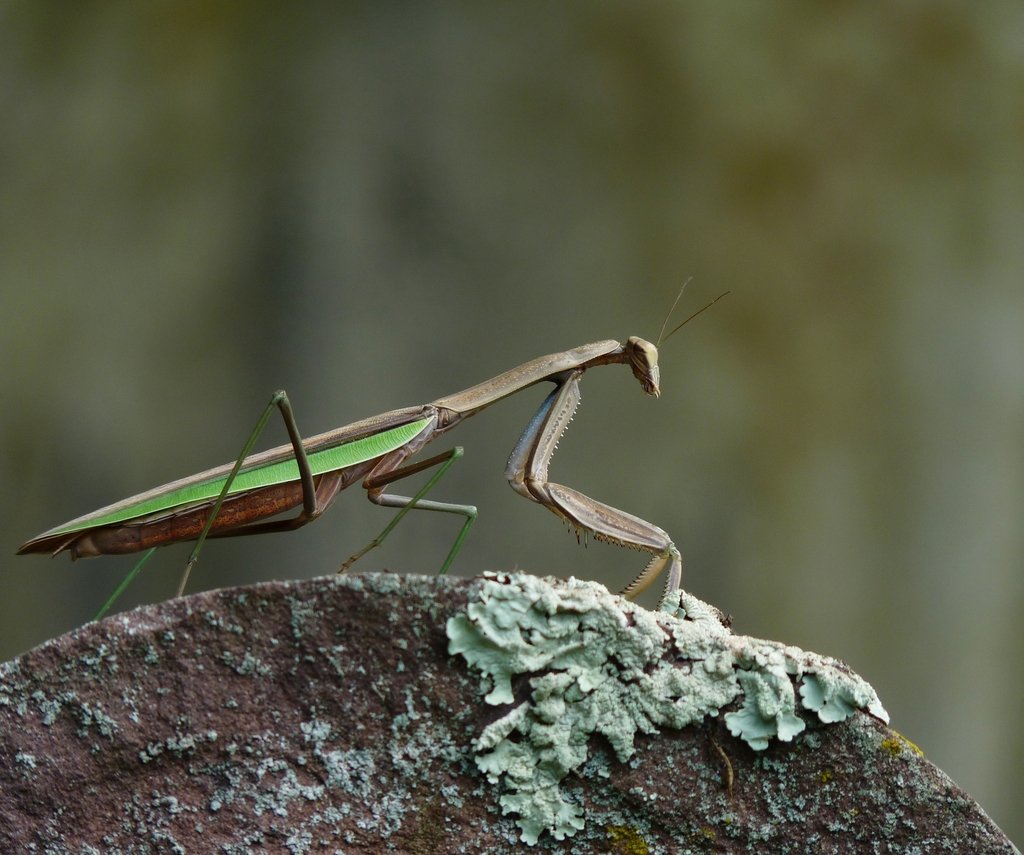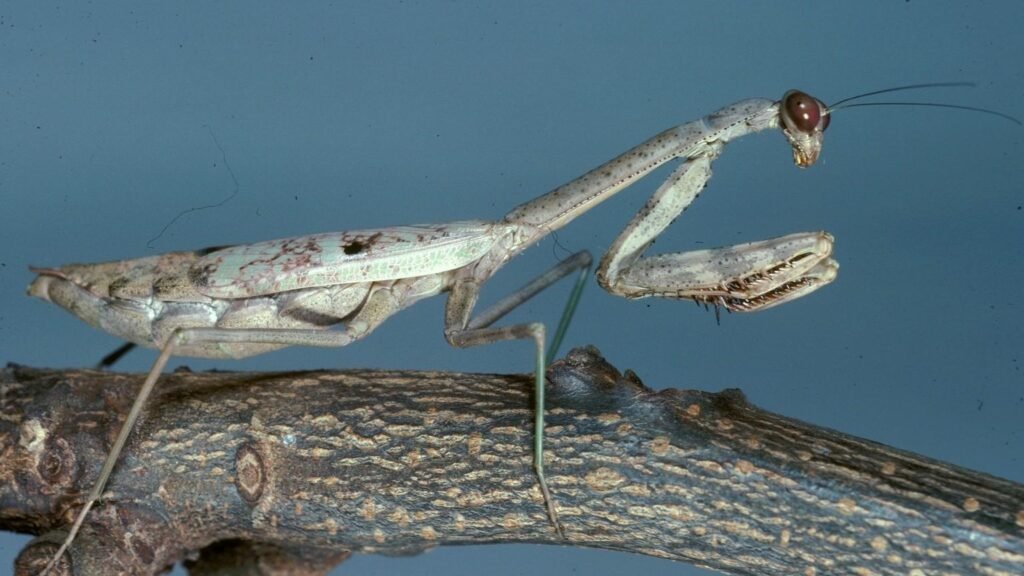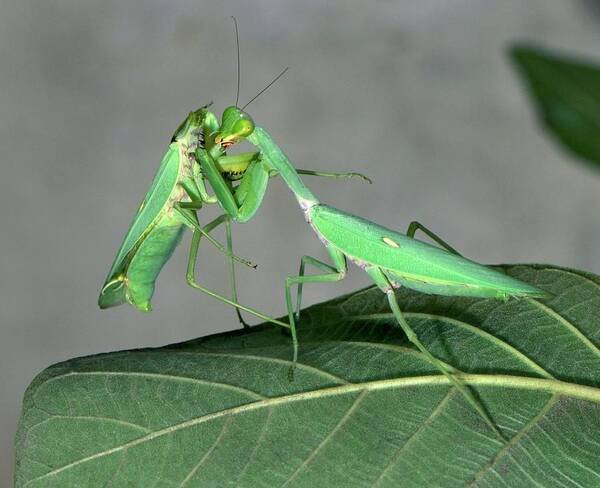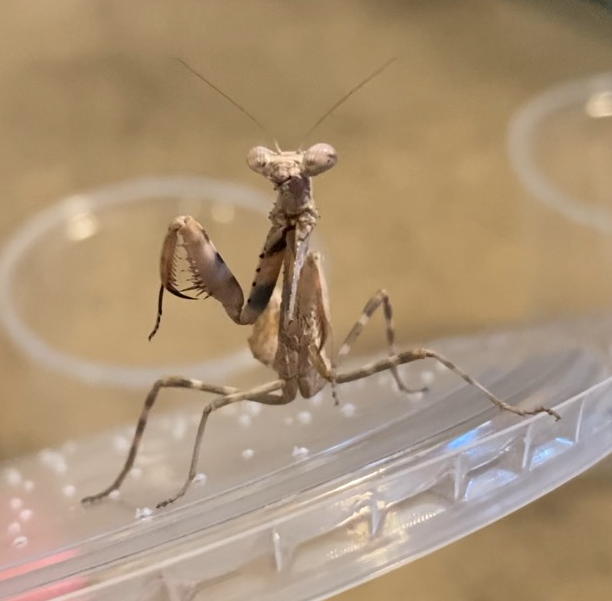Have you ever been captivated by the sight of a praying mantis, its bent forelegs poised as if in silent prayer? If you’re a beginner eager to explore the world of these remarkable insects, you’re in the right place. This essential guide, “Praying Mantises for Beginners,” offers everything you need to start your journey as a mantis keeper. From understanding their nature to selecting the perfect species, setting up their home, and providing top-notch care, this article is crafted to empower novices with clear, actionable advice. Written in an approachable tone and optimized for SEO, this guide ensures you’ll gain the confidence to raise a praying mantis successfully while enjoying every moment of the experience.
Discovering the World of Praying Mantises
Praying mantises belong to the order Mantodea, a diverse group with over 2,400 species worldwide. These insects are celebrated for their iconic posture and exceptional hunting prowess, making them a standout choice for anyone interested in exotic pets. For beginners, mantises offer an accessible entry into insect care, blending simplicity with fascination.
What Makes a Praying Mantis Special?
- Unique Look: A triangular head, bulging compound eyes, and a slender body ranging from 1 to 6 inches.
- Color Variations: Often green or brown, with some species sporting camouflage or striking patterns.
- Hunting Style: Solitary predators that use stealth and speed to capture prey with precision.
- Lifespan: Typically 6-12 months, influenced by species and care quality.
Why Keep a Praying Mantis?
For those new to insect keeping, praying mantises are an ideal choice, offering a blend of practicality and wonder. Here’s why they’re perfect for beginners:
- Easy Upkeep: They need little space and straightforward care, unlike many traditional pets.
- Mesmerizing Behavior: Observing their hunting tactics and grooming rituals is endlessly engaging.
- Learning Opportunity: They provide a window into insect biology and ecological roles.
- Natural Pest Control: In some cases, they can manage garden pests (if permitted by local laws).
Picking the Perfect Mantis Species for Beginners
Choosing a beginner-friendly species is the first step to a rewarding experience. The five species below are selected for their ease of care, resilience, and adaptability, ensuring novices can succeed without advanced skills.
1. Chinese Mantis (Tenodera sinensis)

- Length: 3-4 inches
- Personality: Gentle and approachable
- Care Difficulty: Low
- Why Choose It: This hardy species adapts to a broad range of conditions (70-85°F, 50-70% humidity), making it forgiving for new keepers. Its size enhances visibility and simplifies feeding.
- Where to Find: Commonly available at pet stores and online suppliers.
2. Carolina Mantis (Stagmomantis carolina)

- Length: 2-3 inches
- Personality: Quiet and easygoing
- Care Difficulty: Low
- Why Choose It: Native to North America, it thrives in typical home environments (70-80°F, 50-60% humidity). Its compact size suits smaller enclosures, and its calm nature eases handling.
- Where to Find: Widely available in the U.S. through local breeders.
3. African Mantis (Sphodromantis lineola)

- Length: 2.5-3.5 inches
- Personality: Robust and friendly
- Care Difficulty: Low
- Why Choose It: This durable species tolerates varied conditions (75-85°F, 50-70% humidity) and has a hearty appetite, accepting common feeders like crickets with gusto.
- Where to Find: Offered by exotic pet suppliers and online vendors.
4. Giant Asian Mantis (Hierodula membranacea)

- Length: 3-4 inches
- Personality: Relaxed and manageable
- Care Difficulty: Low
- Why Choose It: Known for its resilience, it thrives at 70-85°F and 50-70% humidity. Its active hunting style and larger size make it a delight to watch.
- Where to Find: Available from exotic pet retailers and online breeders.
5. Budwing Mantis (Parasphendale affinis)

- Length: 2-3 inches
- Personality: Tame and sturdy
- Care Difficulty: Low
- Why Choose It: This resilient species thrives at 75-85°F and 50-60% humidity. Its less aggressive demeanor makes it a breeze to care for and handle.
- Where to Find: Sold by specialty insect breeders and online stores.
How to Choose Your First Mantis
- Begin with a Nymph: Starting with a young mantis lets you witness its growth.
- Verify Local Regulations: Ensure your chosen species is legal to keep in your region.
- Opt for Trusted Sources: Purchase from reputable breeders or pet stores for healthy, ethically sourced mantises.
Caution: Steer clear of delicate or exotic species like the Orchid Mantis (Hymenopus coronatus) or Ghost Mantis (Phyllocrania paradoxa), which demand advanced care.
Creating a Cozy Mantis Home: A Step-by-Step Guide
A well-designed habitat is vital for your mantis’s well-being. Follow these steps to build a comfortable, functional space:
1. Select an Enclosure
- Dimensions: At least 3x the mantis’s length in height, 2x in width and depth (e.g., 12x8x8 inches for a 4-inch mantis).
- Types: Plastic containers, glass terrariums, or ventilated mesh cages.
- Top: A secure, breathable lid to prevent escapes.
2. Lay Down Substrate
- Role: Holds moisture and replicates natural surroundings.
- Choices: Coconut coir, peat moss, or paper towels (for easy cleanup).
- Thickness: 1-2 inches.
3. Add Climbing Features
- Purpose: Allows mantises to climb and hunt from perches.
- Options: Twigs, branches, fake plants, or mesh on enclosure walls.
- Note: Ensure items are stable and smooth-edged.
4. Control Temperature and Humidity
- Temperature: 70-85°F (21-29°C), tailored to species needs.
- Humidity: 50-70%, maintained with 1-2 daily mists.
- Monitoring: Use a thermometer and hygrometer for accuracy.
5. Provide Lighting
- Needs: Natural daylight or a low-wattage bulb for 8-12 hours daily.
- Avoid: Direct sunlight or excessive heat, which can stress your mantis.
Feeding Your Praying Mantis
As carnivores, mantises thrive on live prey, making feeding an exciting part of their care.
What to Feed
- Nymphs: Fruit flies, tiny crickets, or pinhead crickets.
- Adults: Crickets, flies, moths, or small roaches.
- Avoid: Prey larger than half the mantis’s length to prevent harm.
Feeding Tips
- Schedule: Feed adults every 2-3 days, nymphs daily.
- Portion: 1-2 prey items per feeding, based on size.
- Hydration: Mantises get water from prey; misting adds extra moisture.
Handy Hint: Clear out uneaten prey after 24 hours to keep your mantis stress-free.
Handling Your Mantis with Care
While not pets for cuddling, mantises can be handled gently:
- When to Handle: Limit to necessary tasks like enclosure cleaning.
- How to Handle: Use a soft paintbrush to guide or gently scoop onto your hand, moving slowly.
- Safety Note: They may nip or pinch if startled, but this is harmless to humans.
Observe First: Watch your mantis’s behavior, as some are more skittish than others.
Keeping Your Mantis Healthy: Common Issues and Fixes
Mantises are generally tough, but beginners should know these potential problems:
1. Dehydration
- Symptoms: Sluggishness, shrunken abdomen.
- Fix: Boost humidity and ensure prey is well-hydrated.
2. Molting Difficulties
- Symptoms: Partial shedding, trapped limbs.
- Fix: Keep humidity at 60-70% and avoid disturbing during molts.
3. Overfeeding
- Symptoms: Swollen abdomen, reduced movement.
- Fix: Cut back on feeding frequency and prey size.
Get Help: For serious concerns, reach out to an exotic pet vet or mantis-keeping communities online.
Should Beginners Breed Mantises?
Breeding mantises is an advanced task not suited for beginners:
- Mating Risks: Females may eat males during or after mating.
- Nymph Challenges: Hundreds of tiny nymphs hatch, requiring extensive care.
- Legal Issues: Releasing non-native species may be restricted.
Stick to basic care until you’re ready for this challenge.
Fascinating Mantis Facts
Here are some intriguing tidbits to spark your interest:
- Vision Mastery: Mantises can swivel their heads 180 degrees for superior sight.
- Post-Mating Behavior: Females may consume males to fuel egg production.
- Camouflage Experts: Some mimic plants to ambush prey or evade predators.
Resources to Deepen Your Mantis Knowledge
Expand your expertise with these trusted sources:
- Book: “The Praying Mantids” by Frederick R. Prete for a scientific exploration.
- Websites:
- Mantid Forum for community advice and tips.
- National Geographic for mantis facts.
- Online Groups: Join “Praying Mantis Keepers” on Facebook for real-time support.
Your Mantis Adventure Begins Now
Keeping a praying mantis is a delightful, educational hobby perfect for beginners. With their striking appearance, intriguing behaviors, and manageable needs, mantises offer a unique pet experience. This guide equips you with the tools to pick an easy species, create a thriving habitat, and provide excellent care. Ready to dive in? Visit a local pet store or trusted online supplier to find your first praying mantis and start this extraordinary adventure today!